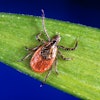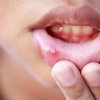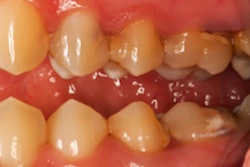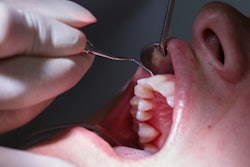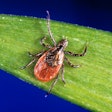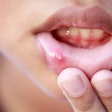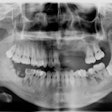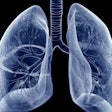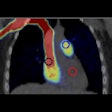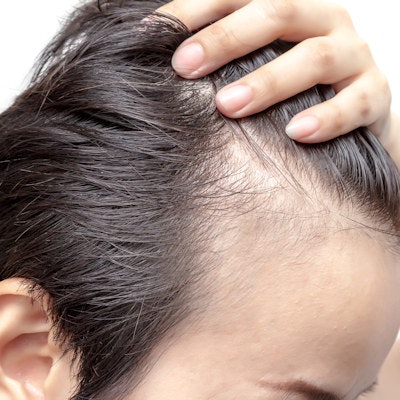
Patients with periodontitis may be at a much greater risk of developing alopecia areata (AA), an autoimmune disease characterized by hair loss, according to a study published on November 17 in the Journal of the European Academy of Dermatology and Venereology.
Though the exact process in which gum disease acts as a risk factor for AA has not been identified, it may be due to the common autoimmune-inflammatory nature of both diseases, the authors wrote.
"This first nationwide population-based cohort study demonstrated a significantly increased risk of AA in patients with periodontitis," wrote the authors, led by Dr. Jong-Seung Kim, PhD, of Jeonbuk National University Medical School in South Korea.
In the U.S., AA, T cell-mediated autoimmune inflammatory hair loss, affects 1 in every 500 to 1,000 people. It is the second most common form of alopecia after male- and female-pattern baldness. AA occurs in people of all ethnicities and affects both genders equally, according to the National Institutes of Health's National Library of Medicine.
Although AA is reportedly a consequence of the loss of the immune privilege of hair follicles and may be due to environmental triggers or immune system dysregulation, its origin remains unknown. Since recent evidence suggests that periodontitis is linked with immune-mediated cutaneous and systemic inflammatory disorders, including psoriasis and systemic lupus erythematosus, the authors sought to determine whether there was a link between gum disease and alopecia.
To explore the possible association between the two diseases, the authors used claims data from the National Health Insurance Service for 300,414 patients. Those over age 60 and those diagnosed with alopecia before they were diagnosed with gum disease were excluded from the study. The Cox proportional hazards model was used to calculate the incidence rate (per 10,000 person-years) and unadjusted and adjusted hazard ratios of AA.
According to the matching variable, recruitment period, and matching ratio, the significant effect of gum disease was confirmed by sensitivity analysis. Before matching, the periodontitis group included 100,998 patients, and the group without periodontitis included 199,416 people. After matching, the periodontitis group included 68,703 people, and the other group included 68,703 people, according to the letter.
After adjustments, the incidence of AA in the periodontitis group was 24.19, which was significantly higher than the control group at 17.64, the authors noted.
Immunity may play a role in the association. Genetic susceptibility loci related to autoimmunity, including human leukocyte antigen-DRB1 and interleukin-1, are shared between periodontitis and AA. Also, failing to maintain the Janus kinases signal transducer and activator of the transcription proteins signaling pathway, which is involved in processes, including immunity, is thought to factor significantly in the development of both diseases. Therefore, oral dysbiosis may function as an "immune potentiator that initiates the T cell-driven autoimmune process of AA in susceptible individuals," the authors wrote.
The study has limitations, including that the causality between gum disease AA was not evaluated, the authors wrote. In the future, prospective studies should be conducted to confirm the correlation and to clarify the specific mechanism by which gum disease is a risk factor for alopecia, they wrote.
"These results suggest a possible connection between the two immune-inflammatory conditions of distant organ sites (oral-hair follicle axis), which may open up novel therapeutic strategies for AA," Kim et al wrote.


